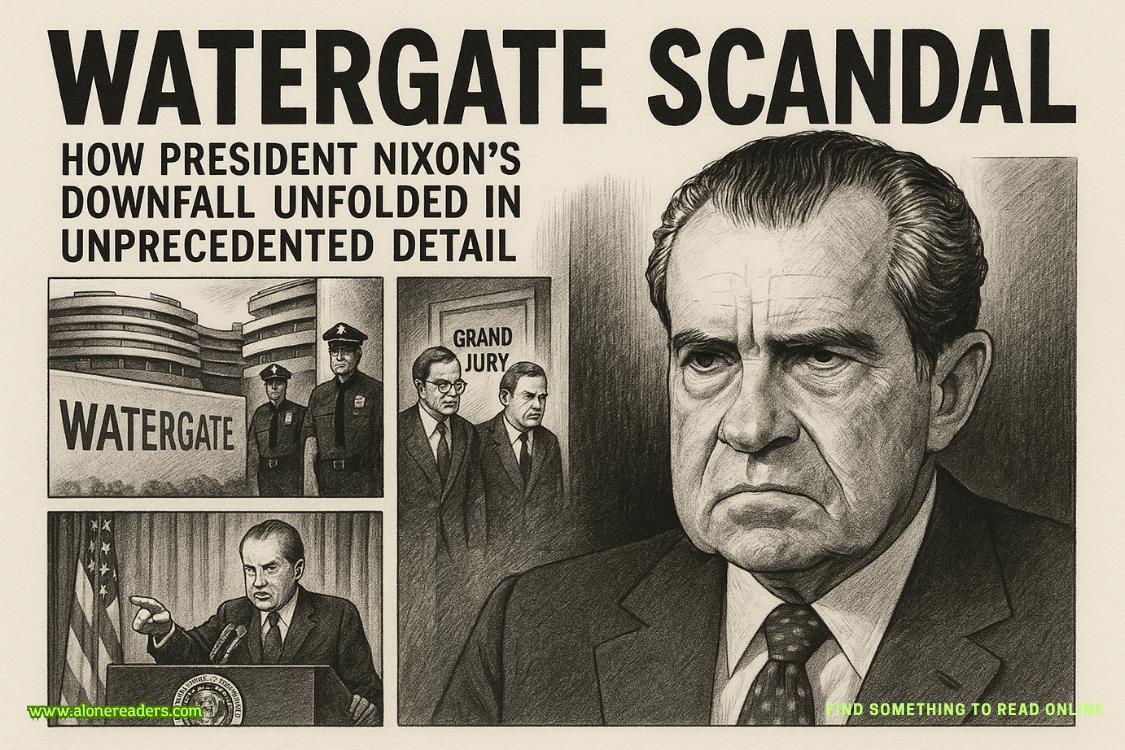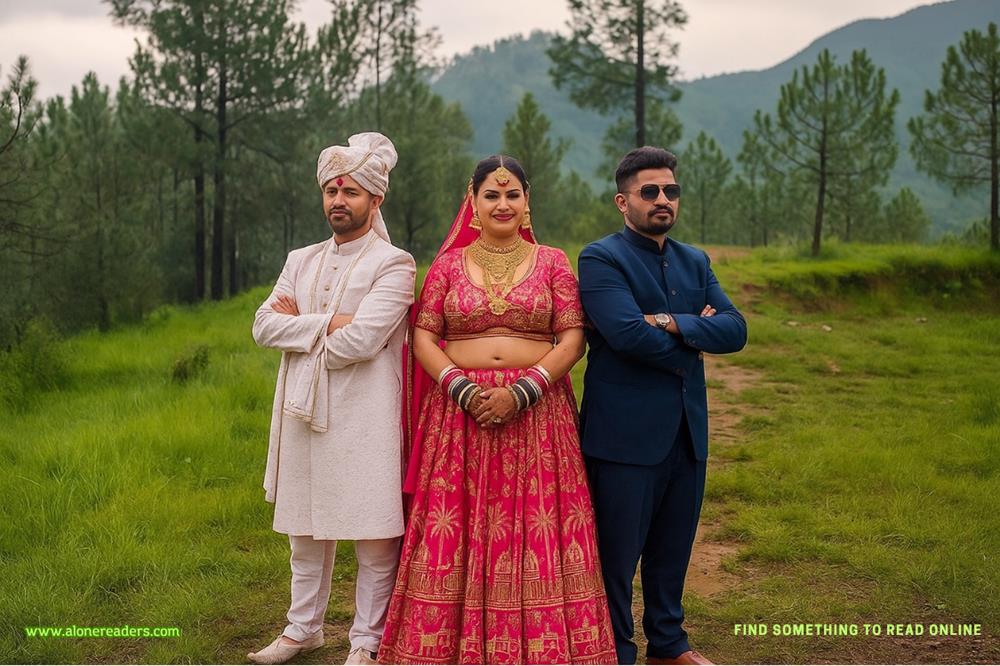Page 34 of The Cabinet of Dr. Leng
“Okay,” said Coldmoon to the team. “Let’s get to work. No damaging anything without me or the commander expressly authorizing it.”
The officers began a methodical search of the front hallway and closets, while Coldmoon took notes and made occasional suggestions. The cheap HUD construction made it easy to search. Pologna ran a special weapons-calibrated metal detector over walls and floors, periodically stopping to rap on the wallboard.
Coldmoon was about 90 percent sure they wouldn’t find the rifle. Running was no dope, and if the rifle was indeed the murder weapon he would have hurled it in Eagle Feather Lake or buried it in some distant pasture.
Coldmoon and Pologna went out to search the yard while the officers finished up in the house and inspected the crawl space underneath. The yard contained a hay shed, a corral, and a half-ruined shack of indeterminate function.
“I still wonder why the South Dakota FO wouldn’t handle this case,” said Pologna, staring around at the endless horizon and shabby trailers. “I mean, this is a long way to go for a simple homicide.”
“I guess they don’t have any Lakota agents in the South Dakota FO.” Coldmoon had wondered about that, too: why a Lakota agent was specifically called for. It wasn’t as if there was a language issue. He had a sneaking suspicion that Dudek wanted to get him out of the way for some reason, and that Pologna, with his less-than-charming personality and lackadaisical record, had been assigned as junior agent for similar reasons. The two of them had essentially been packed off to nowhere.
Commander LaPointe joined them in the yard with the two officers.
“Why don’t you search the shack,” Coldmoon told them. “Agent Pologna and I will check out the corral and hay shed.”
The hay shed was constructed of sawmill slab-sides. A partial stack of moldy alfalfa sat inside, baled with string.
“Nothing in here,” said Pologna, glancing around and kicking over an empty feed bucket.
One of the bales on top was a little askew. Coldmoon grasped the string and heaved the bale off the pile. A Browning .223 and ziplock bag full of loose ammo fell to the ground with them.
“Bingo,” Coldmoon said.
22
D’AGOSTA GOT OUTof the cab in front of 891 Riverside Drive and paused in front of the mansion with a degree of trepidation. Even in the afternoon sunlight, it didn’t look exactly welcoming. He took a deep breath, walked up the drive and under the porte cochere, and—after a second pause—pressed the bell of the great oaken door.
Usually, it took ages for someone to answer the door, if it was answered at all. But today it took less than fifteen seconds before Mrs. Trask opened it. He felt relieved: he’d been preparing to deal with the stone-faced Proctor. D’Agosta wasn’t easily intimidated, but he was just as happy to skip that particular formality.
“Thank you so much for coming,” Mrs. Trask said, clutching his hands briefly but firmly. “I’ll see you to the library.”
D’Agosta followed the housekeeper through the refectory, the vast reception hall with its displays of fossils and gemstones, to the double doors that led into the library. “What can I get you?” Mrs. Trask asked as D’Agosta chose a sofa in the middle of the room. “Tea?”
D’Agosta had spent a long morning coordinating the investigation of the frozen curator; this was the first time he’d been able to get away, and he was in no mood for tea. “Any chance of a Bud Light?”
“Very good.” She disappeared. A moment later, another figure appeared in the doorway.
“My dear Vincent!”
D’Agosta rose.
“Don’t get up, please.” Pendergast stepped inside and took a nearby chair. “I apologize for being out of touch, but I’m pleased that you’ve arrived in time to join me for a drop of preprandial refreshment. What brings you here?”
D’Agosta took a moment to consider his friend carefully. He was immediately struck by his gaunt appearance, the uncharacteristic garrulousness, the exaggerated drawl.
“I was just in the neighborhood and thought I’d drop in,” said D’Agosta.
“Indeed?” One pale-blond eyebrow rose above Pendergast’s ice-chip eyes.
D’Agosta was spared from responding by Mrs. Trask arriving with a silver salver, bearing drinks. She placed a beer and glass on D’Agosta’s side table. By Pendergast she placed an arrangement that was more complex: a bottle filled with green liquid, labeled Vieux Pontarlier Absinthe; an oddly shaped stemware glass; a small flask of water; a slotted silver spoon; and sugar cubes.
D’Agosta poured his beer and took a deep draft. Both beer and glass were wonderfully frosty, just as he liked it. Mrs. Trask never failed. She’d been so quick about it, D’Agosta thought she might almost have had everything waiting.
Pendergast busied himself with his own bizarre cocktail. He laid the slotted spoon over the glass and placed a sugar cube in it. Then—opening a small, almost invisible drawer in the reading table beside his chair—he drew out a small bottle, topped with a black silicone bulb. Unscrewing this, Pendergast pulled off the bulb to reveal a glass dropper, complete with graduation marks. It was filled with a reddish-brown liquid a few shades darker than blood. Carefully, he held the pipette over the sugar cube and squeezed out several droplets: one, two, three.
An amber-like color began to suffuse the sugar cube.
Returning the dropper to the bottle and the bottle to the drawer, Pendergast then drizzled the absinthe slowly over the cube, allowing the effluent to run into the glass. He took a gold Dunhill lighter from one pocket and, with a practiced motion, lit the cube and spoon on fire. A blue flame flared up, the sugar melting, sizzling, and dissolving into the glass below. After a few moments, he picked up the flask and dribbled a little cold water over the remains of the cube, putting out the flame. Lastly, he stirred the concoction with the sugar-encrusted spoon. The liquid in the glass swirled with a cloudiness that was part ivory, part crimson.















